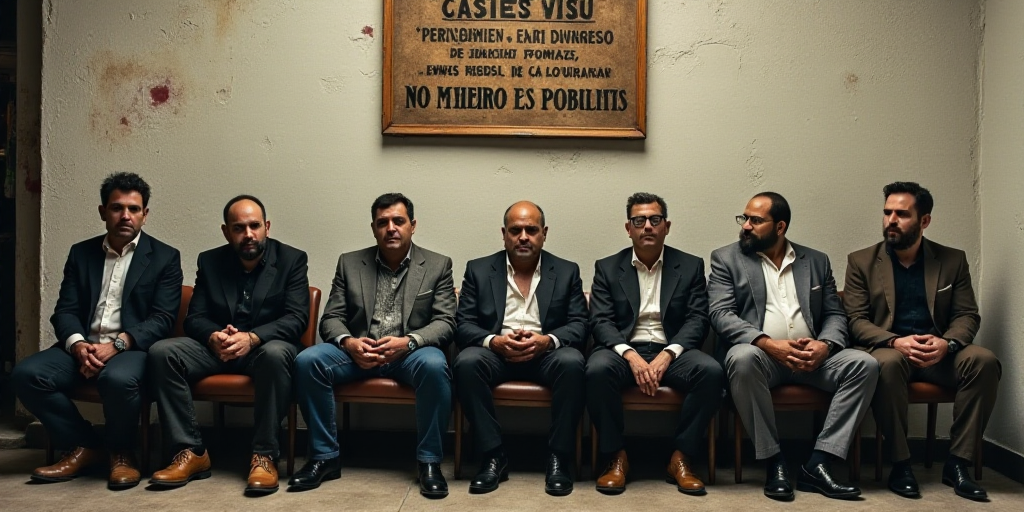Background and Relevance
In response to a surge in extortion cases across Mexico, the federal government introduced the National Strategy against Extortion. In the first five months of 2025, Mexico reported 4,882 victims of extortion, the highest number for this period since 2015. This represents an 82.3% increase over the past decade, highlighting the urgent need for a comprehensive approach to tackle this growing problem.
Historical Context and Current Situation
The rise in extortion cases is alarming, with March 2025 recording the highest number of victims at 1,046. Although April had the second-highest count with 886 victims, it still surpasses any monthly totals from 2015, 2016, and 2017. Historically, April 2022 saw the most extortion cases in a single year with 1,141 victims.
The National Strategy
The new strategy aims to strengthen institutional capabilities to dismantle criminal networks associated with extortion. Eight states—Estado de México, Guanajuato, Nuevo León, Ciudad de México, Veracruz, Jalisco, Michoacán, and Guerrero—account for 66% of extortion complaints in the current administration. Multidisciplinary and specialized teams, including the National Guard, the Army, Navy, FGR, UIF, and local governments, will be deployed in these regions.
Key Actions
- Intelligence-driven arrests
- Training for emergency hotline operators (089)
- Freezing bank accounts linked to extortion, with support from the Financial Intelligence Unit
- Requesting judicial orders to block cell phone lines and devices used for extortion within prisons
- Operations in correctional facilities to secure communication devices
Since March 2025, more than 60 cases have been channeled into successful detentions and operations thanks to citizen collaboration and the Citizen Security Observatory. Some notable arrests include Santiago “N” in Tabasco, Alfredo “N” in Zacatecas linked to extortion, homicide, and arms trafficking, and three individuals in Quintana Roo suspected of narco-traffic and extortion.
Prison Measures
Alejandro Gertz Manero, the Federal Attorney General, emphasized that despite extortion being a common law offense, the federal government is obligated to safeguard citizens without distinction.
- Identifying prisons where extortion calls originate
- Filing common law complaints against involved individuals
- Publicly reporting each month on prisons implicated in extortion cases
Gertz Manero also announced a national commitment among state attorneys to report, investigate, and follow up on extortion-related complaints. As part of the strategy, a nationwide prevention campaign will be launched with media support and private sector collaboration. Training sessions will be conducted for convenience store cashiers and bank employees to prevent extortionist deposits, as well as hotel receptionists to detect virtual kidnappings and suspicious calls.
Key Questions and Answers
- What is the main issue addressed by this strategy? The strategy aims to combat the rising extortion cases in Mexico, which have increased by 82.3% over the past decade.
- Which states are most affected by extortion? The eight states—Estado de México, Guanajuato, Nuevo León, Ciudad de México, Veracruz, Jalisco, Michoacán, and Guerrero—account for 66% of extortion complaints.
- What are the key actions in this strategy? The strategy includes intelligence-driven arrests, training for emergency hotline operators, freezing extortion-related bank accounts, requesting judicial orders to block communication devices in prisons, and operations in correctional facilities.
- What measures are being taken to address extortion in prisons? The federal government will identify prisons where extortion calls originate, file common law complaints against involved individuals, and publicly report on implicated prisons each month. A national commitment has also been made among state attorneys to report, investigate, and follow up on extortion-related complaints.






